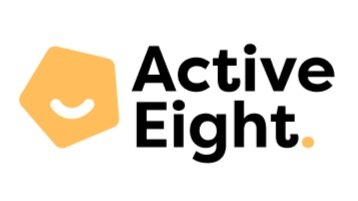What is delayed language?
When a child doesn’t develop language according to developmental norms (more or less), they have delayed language. This doesn’t mean that every child develops language in the same way at the same time. It does mean that there are some warning signs of delayed language that parents can be aware of.
Delayed Language Therapy focuses on You
If you have a child with delayed language, you should obviously seek help, but what kind of help? Our approach has some unique features:
A central role for parents and caregivers
We make you central to your child’s therapy. Research supports the role of parents as key therapy partners when it comes to fixing delayed language.
Start early
The sooner you start working on language-learning the easier it is and the better your outcome will be. The sooner you start, the easier the learning process will be for you, and the more your skill will grow with your child.
We do what you do
We work with you in your home, doing what you do and showing you how to turn the things you do everyday into powerful tools to make your child’s language grow.
Should I wait?
If you are concerned, the time to act is now. The longer you wait, the less you and others will be talking to your child. They will get fewer and fewer opportunities to practice their language. At the same time they will get older and their language will stay the same. They might also learn ways to get their message across that might be very negative, like dragging people to things, screaming and even hitting in some cases. There is no reason to run that risk, and advice to wait and see (without having consulted a speech pathologist) is not worth following.
We’re yet to meet anyone who regrets asking us about their concerns.
Is my child delayed?
If your child isn’t following the below speech & language milestone guide, we encourage you to book an initial consultation:
12 months
babbles with changes in tone – e.g. dadadadadadadadada
waves, points or otherwise gestures
responds to their name by turning their head
communicates in some way when they need help with something
15 months
understands and responds to words like “no” and “up”
says words
points to objects or pictures when asked “Where’s the…?
points to things of interest as if to say “Look at that!” and then looks at you
18 months
understands simple commands like “Don’t touch”
uses at least 20 single words like “Mumma” or “up”
responds with a word or gesture to a question such as “What’s that? or “Where’s your shoe?”
points to two or three major body parts such as head, nose, eyes, feet
24 months
says at least 100 words
consistently joins two words together like “Daddy go” or “ shoes on”
imitates actions or words
pretend plays like feeding a doll or making a toy man drive toy car
30 months
says at least 300 words
uses action words like “run”, “eat”, “fall”
uses some adult grammar, such as “two babies” and “doggie sleeping”
3-4 years
asks questions by 3 years
uses sentences (e.g., “I don’t want that” or “My truck is broken”) by three years
is able to tell a simple story by four or five years

